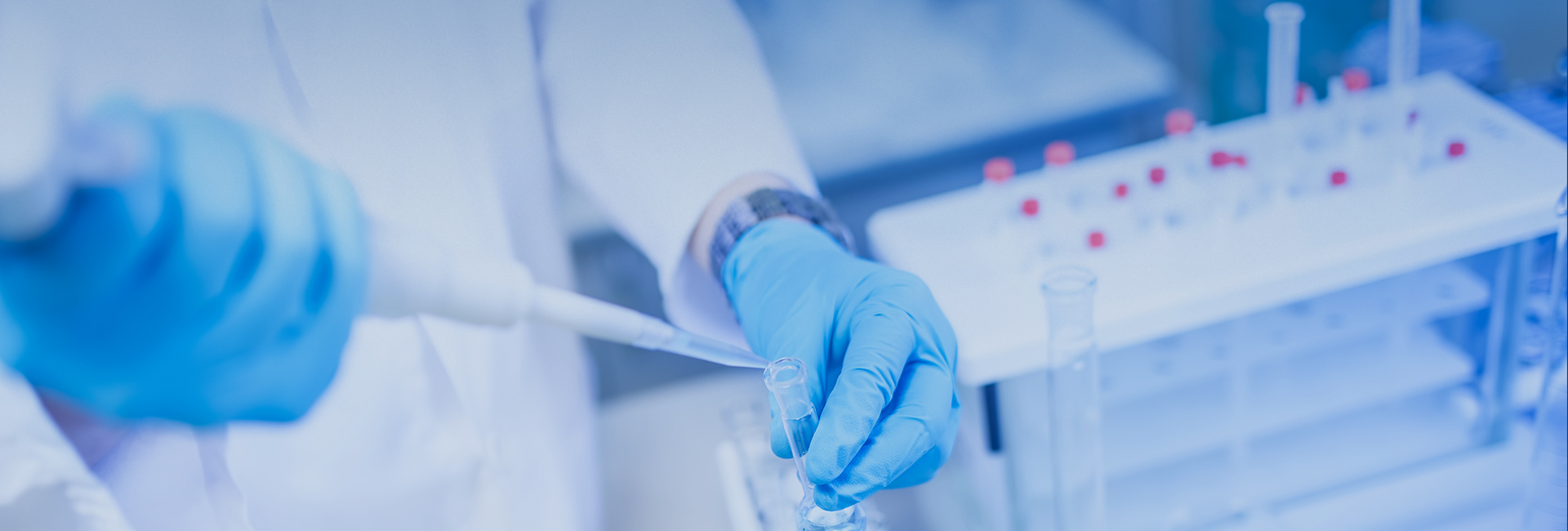What are Nanodisc-SMA?
SMA is short for styrene maleic anhydride. The synthetic nanodiscs that it forms are called "SMA-Lipid-Particles", SMALP in short.
Why should you choose SMA?
SMA is the polymer that has been the longest in use to create synthetic polymers. Therefore, SMA has the greatest proven database for successfully solubilized membrane proteins. Enough to spawn its own scientific community, the SMALP network.
Compared to DIBMA, SMA has higher solubilization rates of membrane proteins. This means, that one can get more membrane protein with SMALP compared to DIBMALPs.
Why shouldn't you choose SMA?
As can be seen in figure 1 SMA contains an aromatic ring. This results in SMA absorbing light at wavelengths of 280nm. This wavelength is normally used to quantify proteins. So, membrane proteins solubilized by SMALPs cannot be quantified that way, as SMALPs distort the measurement. DIBMA does not have this problem.
Figure 1: Depiction of an SMA nanodisc (SMALP) and its molecular structure

A good publication to read up even more details about SMA is Hall et al. 2018
(https://pubs.rsc.org/en/content/articlelanding/2018/nr/c8nr01322e)
Frequently asked questions regarding SMA
What SMA is the best one to use?
This is a tricky question, as it depends on the membrane protein which SMA performs best, however, SMA 30010S is in general the most recommended. Keep in mind that this is no guarantee for it to be the best but in our experience, it is a good allrounder.
What are the recommended concentrations of SMA?
Mix the supplied solutions at a concentration of 1-5% SMALP to the total solution. These conditions can be used as indications. The optimal SMA concentration must be determined separately for each experiment.
How is SMA stored?
Store in cool and dry places, protected from direct sunlight. Long-term storage is recommended at 4°C.
The viscosity of my SMA has decreased, what happened?
This can occur by storing SMA at low temperatures (as recommended!). Simply warm the SMA solution up to room temperature to restore its original viscosity.
How do I quantify the amount of protein after SMA treatment?
In contrast to DIBMA, SMA absorbs light at 280 nm similar to proteins. Therefore ultraviolet absorption is no option here. However other protein quantification assays are viable options like:
· Bicinchoninic Acid (BCA)
· Bradford
· Folin-Lowry in some cases












 Home
Home Facebook
Facebook WeChat
WeChat Twiitter
Twiitter
